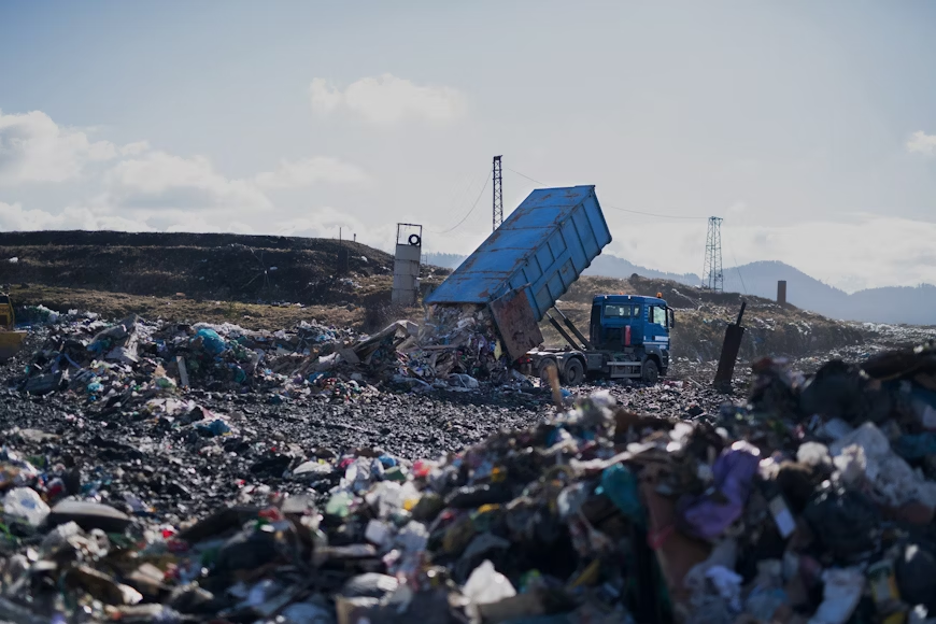As the petrochemical sector adapts to changing market demands and sustainability targets, the search for versatile, cost-effective, and low-carbon feedstocks has become more urgent than ever.
Traditional inputs like naphtha and ethane still form the backbone of production, but new alternatives, like bio-based sources and industrial waste, are making headway. From fossil fuels to frontier innovations, we explore the shifting landscape of feedstocks and what it means for the industrial future.

Conventional Feedstocks: Naphtha, Ethane, and Propane
Petrochemical production today continues to rely heavily on fossil-based feedstocks, including naphtha, ethane, and propane. Naphtha, refined from crude oil, plays a key role in producing aromatics like benzene and toluene. These materials are useful for everything from solvents and plastics to synthetic fibers.
As for ethane and propane, which are often sourced from natural gas, they are essential for making the core building blocks for plastics and chemicals. In the Middle East, where natural gas availability is growing, these feedstocks remain cost-effective and widely used.
Rising Interest in Bio-Based Feedstocks
As the push for sustainability grows, industries are exploring cleaner alternatives to fossil-derived inputs. Bio-based feedstocks are proving to be a strong alternative, offering lower emissions and a more renewable supply. Typically sourced from plant materials, algae, and waste biomass, they are becoming more widely used in sectors looking to reduce environmental impact without compromising performance.
These inputs also support circular economy models by turning agricultural and industrial waste into fuels, chemicals, and plastics. While some issues remain, like land use and scalability, new biorefining technologies are opening the door to wider industrial use of bio-based feedstocks.
CO2 as a Feedstock: Carbon Utilization
CO2 is no longer just a waste gas; it is becoming a raw material. Through carbon capture and utilization (CCU), industries are transforming emissions into useful products like urea, polycarbonates, salicylic acid, and methanol. Some of these outputs even feed directly into petrochemical chains, supporting production while cutting emissions.
As renewable energy becomes more accessible, CCU technologies are scaling up. The result is a promising model for circular carbon use, one that addresses both climate challenges and resource shortages.
Municipal and Industrial Waste as Inputs

In recent years, waste streams from households and industry are gaining traction as alternative feedstocks. Through processes like sorting, drying, and blending, materials such as plastics, tires, and non-recyclables are converted into Refuse-Derived Fuel (RDF), already used in cement kilns and power plants.
These feedstocks help reduce landfill pressure while supplying energy-intensive sectors with cost-effective, lower-emission fuel options. On another note, advancing technology is also improving RDF quality and emissions, making waste a more viable input, especially when land and fuel resources are limited.
Water and Energy Use in Feedstock Production
Producing feedstocks, especially bio-based ones, can place a heavy burden on water and energy systems. That is because crop cultivation often requires hundreds of thousands of gallons of water per hectare, with even more water use during processing, up to 4 gallons per gallon of ethanol.
Energy use also varies, depending on the feedstock and conversion method. Thermochemical routes tend to be more efficient than biological ones. In water-scarce regions, these trade-offs raise questions about long-term sustainability, especially when irrigation demand competes with domestic or industrial needs.
Feedstock Pricing and Global Volatility
Feedstock pricing in the petrochemical sector is shaped by a mix of global and regional factors, including:
- Crude oil and gas prices: Volatile energy markets cause fluctuations in raw material costs.
- Supply chain disruptions: Global shipping constraints or political instability can affect feedstock availability.
- Geographic access: Regional differences in feedstock sources and transport costs impact competitiveness.
- Hedging and contracts: Many producers adopt long-term agreements to mitigate price swings.
That means the key to staying competitive is actively managing these risks in a constantly shifting market.
Innovation in Feedstock Flexibility
Feedstock flexibility refers to the ability to produce fuels from a wide range of available inputs, like soybean oil, used cooking oil, animal fats, or inedible corn oil. Rather than relying on a single source, producers can adapt to market changes, switching feedstocks based on cost, supply, or sustainability goals.
Advances in refining technologies like pretreatment, transesterification, and distillation now make it possible to purify even low-grade or impure feedstocks. These innovations enable producers to shift between sources based on price, availability, or carbon intensity.
So, adopting multi-feedstock technologies could reduce dependency on single sources, strengthen supply chains, and support low-carbon goals across transport and industry.
Role of Hydrogen as an Emerging Feedstock
As industries look beyond traditional hydrocarbons, hydrogen is emerging as a promising feedstock, particularly for producing ammonia, methanol, and cleaner fuels. While grey hydrogen remains the most common, interest is shifting toward low-carbon options, such as green hydrogen produced using renewable energy.
Its potential lies in both emissions reduction and long-term energy storage. As production costs fall and infrastructure improves, hydrogen could become a scalable alternative for decarbonizing hard-to-abate sectors like fertilizers, shipping fuels, and steelmaking.
Strategic Planning for Feedstock Sourcing in Egypt
Egypt is actively shaping its feedstock sourcing through coordinated expansion of local petrochemical capacity and infrastructure. The government aims to boost domestic output by 170%, drilling over 100 new wells with $2.1 billion in exploration investment to secure consistent gas supplies for feedstock use.
Key private sector players like Anchorage Investments, led by Dr. Ahmed Moharram, are playing a central role in this transformation, spearheading high-scale projects that optimize internal resources, reduce import reliance, and stabilize feedstock access.
Besides that, new high-scale projects, including petrochemical complexes in Alamein, Damietta, and Suez, are designed to leverage internal oil and gas resources, reduce import reliance, and stabilize feedstock access
Final Thoughts
As feedstock strategies evolve, the petrochemical sector is embracing a broader mix of sources, from traditional hydrocarbons to bio-based inputs, CO2 reuse, and hydrogen. This shift reflects a growing need for sustainability, flexibility, and resilience in a volatile global market.
In Egypt, strategic planning and industrial investment are helping position the country as a regional hub for feedstock innovation, with players like Anchorage Investments driving efforts to secure the sector’s future.